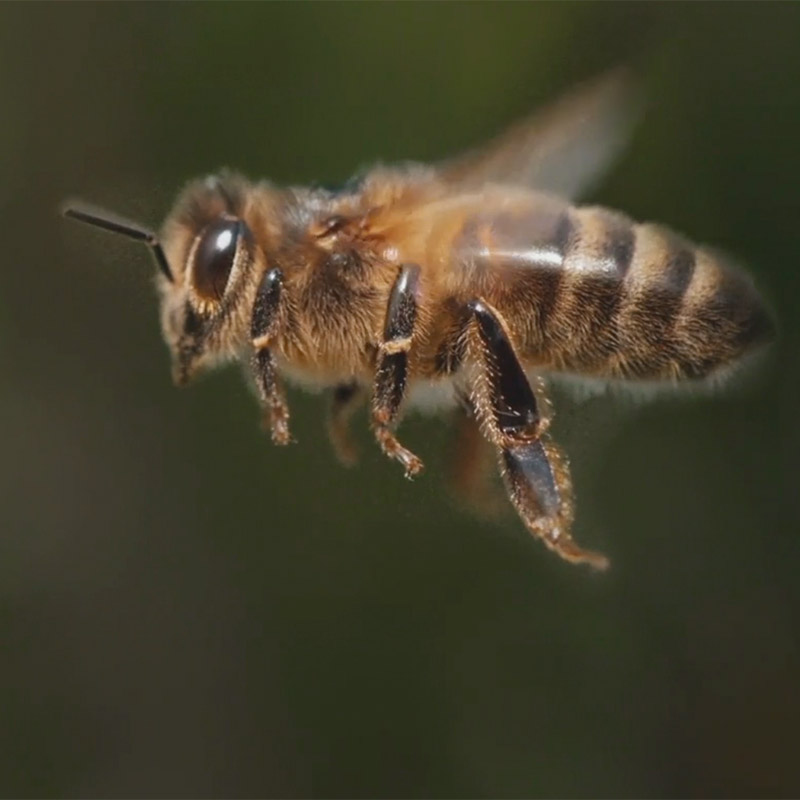In the times of the ancient pharaohs or the Romans, men – mostly slaves – washed laundry in rivers by stamping on it and beating it against rocks. In the Middle Ages, women, equipped with a washboard, took over this backbreaking work. The laundry was soaked, stirred, boiled, scrubbed, and spun.
Then, in the late 18th century, American Nathaniel Briggs developed a machine that could wring dirt out of laundry using rollers. In the early 20th century, Carl Miele and Reinhard Zinkann invented a barrel featuring an agitator. It worked similarly to a butter churn and already meant a huge step forward. In 1937, US company Bendix designed the first fully automatic washing machine with a front opening, the porthole. But in Germany, washing laundry was still hard work.
The Constructa
Heinrich Reining, a businessman from Düsseldorf, allowed his designer Peter Pfenningsberg to build a domestic washing appliance in his basement: this was to be Germany’s first fully automatic washing machine. It used the same principle as that used by Bendix. The special thing about it was it not only filled with water and then washed and spun the laundry in several cycles, but it also heated the water. The machine had to be anchored to the ground by four bolts because the imbalance was so great. One washing program used 225 liters of water and the machine cost 2,280 deutschmarks – a tidy sum given that the average monthly wage was about 300 deutschmarks. This meant that the machines were only sold to tradespersons, hotels, and hospitals at first. Peter Pfenningsberg completed his invention and went into business for himself. He named his machine “Constructa”, after the 1951 construction exhibition of the same name in Hanover.
Peter Pfenningsberg GmbH becomes Constructa-Werke GmbH
In 1951, the engineer founded Peter Pfenningsberg GmbH on Hansaallee in Oberkassel. The company had to move to larger premises in Ratingen in the late 1950s. Annual production had increased more than 400-fold, from 155 at the beginning to 66,500 machines in 1958. In 1961, the company was renamed Constructa-Werke GmbH and was the largest factory for fully automatic washing machines at that time. In the late 1960s, production moved to Berlin. And today? Only the Constructa brand name still exists. Constructa-Neff Vertriebs GmbH is responsible for distribution. Fortunately, the slogan “An Mutti denken, Constructa schenken” has been consigned to the past – but not the fully automatic technology that makes washing clothes a piece of cake for us today.
An article in the Rheinische Post from March 30, 2015, about Constructa.
(Header: didecs – AdobeStock)







